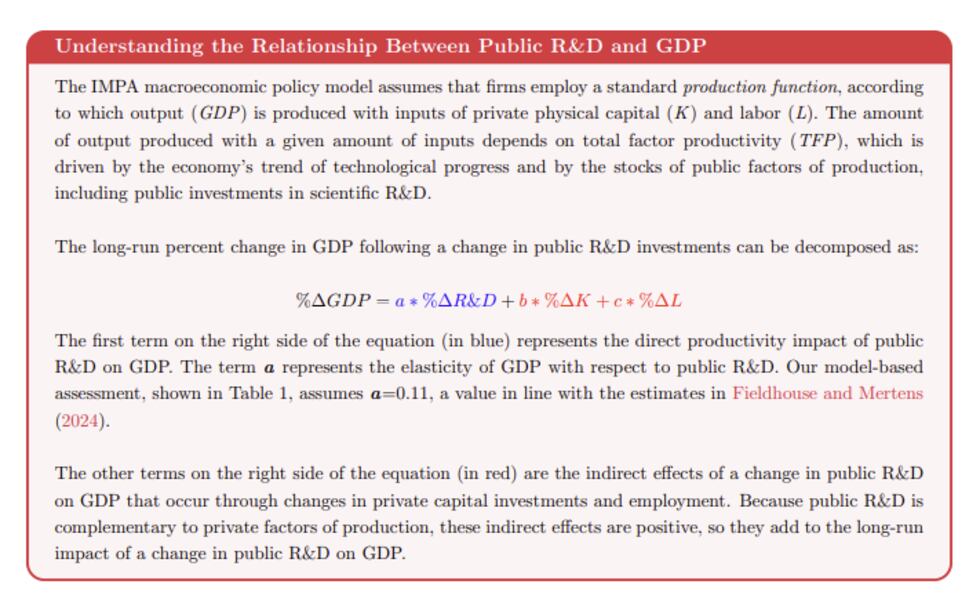Federal cuts hit scientific world, Missouri Botanical Garden loses funds with dollars still in bank
As scientific funding freezes across the country, St. Louis isn’t immune - researchers worry about recessions
ST. LOUIS, Mo. (First Alert 4) - The Missouri Botanical Garden has multiple programs researching plants and the environment, and due to some recent federal changes -- dollars for two programs helping local research are now offline.
These particular grants were housed under IMLS, or the Institute of Museum and Library Services, which was one of several agencies that were listed as one of many agencies being “eliminated to the maximum extent” allowed under law in a March 14 Executive Order from the Trump White House. It is titled ”Continuing the Reduction of the Federal Bureaucracy."
IMLS exists to provide museums, libraries and other such organizations meet community needs nationwide, according to the organization’s webpage. The mission of the organization is to and empower these organizations with funding, research and policy development.
The Executive Order states that the reduction continues “the elements of the Federal bureaucracy that the President has determined are unnecessary.”
MOBOT tells First Alert 4 that they were warned about two grants from federal sources that were terminated -- both awarded in just the last couple of years.
One was granted back in 2023 for more than $700,000 to fund research into protecting plants outside their usual habitat -- like some living species living in the Garden itself. When the Garden was told the funding was terminated, they still had $372,097 left in the bank.
In a statement to First Alert 4, the Garden said, “[i]t is increasingly important as more plant species face the threat of extinction. The resulting research tools were to be shared with other institutions to help more efficiently and effectively manage or use ex-situ plant collections for conservation."
The other grant was only awarded last year for a little more than $247,400. That provided funding to creating new tools for the “living collection management system.” The system is set up to help prioritize and organize information on some of the rarest and most at-risk plants facing heat-related sustainability challenges.
The LCMS is a database for managing living plant collections, according to MOBOT officials. It started back in 2012, and initially it was focused on labeling and management.
But, it’s grown over the past few decades and is now web-based.
The Garden says their horticulturists, living collections staff, garden crew and scientists use the program on a daily basis -- and it’s even open to the public.
“A tracking system is essential for botanical gardens, which by definition record comprehensive information about every plant that enters their collection and curate that data throughout the plant’s lifetime,“ MOBOT says.
The IMLS grant was supposed to more efficient ways of prioritizing plants for the collection and acquiring them.
“Tracking is particularly important in botanical gardens to not only manage collections, but also because the plants themselves are critically important for research and conservation efforts,” MOBOT says.
MOBOT says the projects were in line with the Garden’s mission to share and discover more about the plants and environment around us.
At this time, the impact to the Garden’s operations are unclear.
“The Garden is still evaluating the impact the loss of the IMLS funding will have on our programs,” MOBOT said.
IMLS cuts hit more than the Garden, and have some librarians concerned. The American Library Association put out a statement expressing their concerns over the cuts -- putting local libraries at risk.
However, this isn’t the only kind of research funding that has been cut recently -- and potentially having wide-ranging impacts.
,
OTHER RESEARCH CUTS & ECONOMIC IMPACT
The National Science Foundation or NSF has seen hundreds of grants come to a halt in the past week, since the director stepped aside.
In a statement from the NSF, former Director Sethuraman Panchanathan, on his departure, stressed the need for bipartisan for the organization to keep the scientific edge that America currently has. He has served in that role for five years.
“This is a pivotal moment for our nation in of global competitiveness,” he said. “NSF is an extremely important investment to make U.S. scientific dominance a reality. We must not lose our competitive edge.”
And other experts may agree with him.
In a study released today from the American University of Washington, D.C., the recent cuts and freezes to the National Institutes of Health and the National Science Foundation for scientific research could have economic impacts. In a brief of a new analysis of costs of cutting this research, the authors say the cuts would significantly hurt the economy -- especially in government revenue, investments and the GDP.
“A 25 percent cut to public R&D spending would reduce GDP by an amount comparable to the decline in GDP during the Great Recession,” the authors wrote in an introduction. “Cutting annual public R&D spending in half would make the average American approximately $10,000 poorer (in today’s dollars) than the value implied by the historical trend in GDP. Cutting public R&D would also shrink federal government revenue.”
In the report itself, the authors explain that without government -- much of this research into human and plant health, and other scientific research -- will likely not be ed by any private groups. It’s too much of a financial risk for private groups, the authors claim, and say the government pay and created by the programs lead to good jobs, increase understanding of challenges in local communities and boost GDP by increasing the level of investment.

The Institute for Macroeconomic & Policy Analysis provides an explanation of their estimates between research and development and Gross Domestic Product.
Avery Martinez covers water, ag & the environment for First Alert 4. He is also a Report for America Corps member, as well as a member of the Mississippi River Basin Ag & Water Desk. His coverage ranges from EPA s to corn farms and hunting concerns, and local water rates to rancher mental health.
Copyright 2025 KMOV. All rights reserved.


















